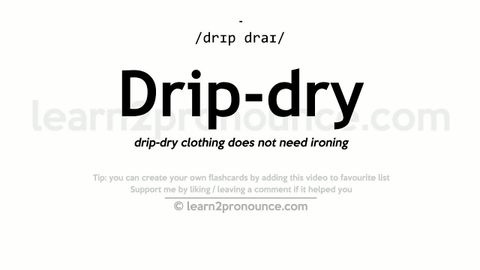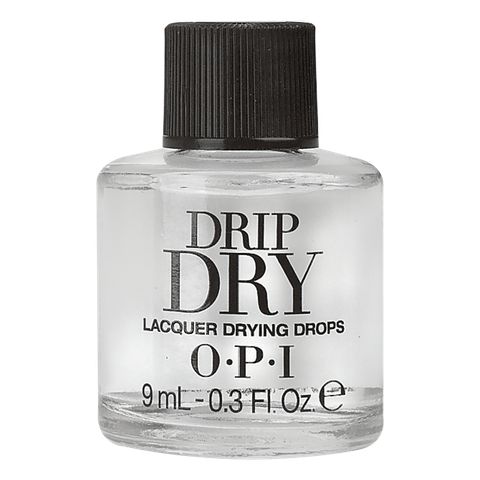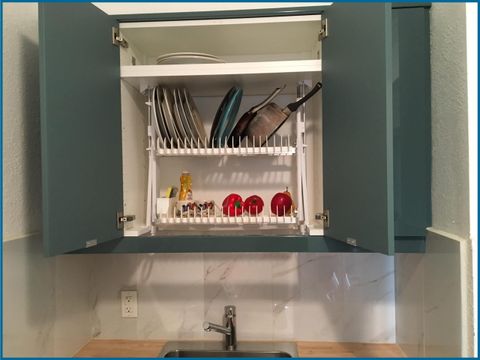We all dream of laundry day being less of a chore and more of a breeze. Imagine your clothes, fresh and dry, in a fraction of the usual time, without all the fuss. It sounds like a fantasy, but it’s closer than you think. Understanding a few key principles can transform your approach to laundry, making it quicker and considerably less demanding. Let’s dive into the fascinating world of fabric science and drying techniques to make that dream a reality. It’s all about working smarter, not harder, with your washing and drying.
Laundry. It’s a never-ending cycle, isn’t it? Washing, drying, folding – it eats into our precious time. But what if there was a way to significantly cut down on that time and effort? The truth is, the science behind getting clothes dry quickly and making the whole process smoother is surprisingly accessible. Forget the days of waiting hours for a damp shirt or wrestling with stubborn wrinkles. We’re going to explore how simple adjustments and a little know-how can lead to truly effortless laundry. It’s about making your clothes ready when you need them, with the least amount of hassle possible.
The Core Principles of Drying: Evaporation is Key
At its heart, drying clothes is all about evaporation. That’s the process where liquid water turns into water vapor and escapes into the air. The faster this happens, the quicker your clothes dry. Several factors influence evaporation rate. Think about it: a single drop of water on a hot sidewalk disappears much faster than a puddle on a cool, damp day. The same logic applies to your laundry. More surface area exposed, higher temperatures, and drier air all speed up the process. Even airflow plays a massive role; it carries away the moist air surrounding your clothes, allowing fresh, drier air to take its place and continue the evaporation.
Optimizing Your Washing Machine for Faster Drying
Did you know your washing machine can set you up for speedier drying? It’s true. The spin cycle is your best friend here. A higher spin speed extracts more water from your clothes before they even hit the dryer or the drying rack. Many modern machines have extra-high spin settings that can leave fabrics feeling almost dry to the touch. Look for these options. Also, avoid overloading the machine. Cramming too many clothes in means they don’t get properly cleaned and, crucially, they can’t spin out excess water effectively. A good wash leaves clothes damp, not soaked, giving your drying stage a significant head start.
The Magic of Airflow and Ventilation
When you’re drying clothes, especially without a machine dryer, airflow is paramount. If you’re hanging clothes indoors, choose a well-ventilated spot. Open a window, use a fan, or place clothes near an air vent. This constant movement of air whisks away moisture. Think of a breezy day versus a still one; clothes dry much faster on the former. For those using a tumble dryer, ensure the lint filter is clean. A clogged filter restricts airflow, making the dryer work harder and longer, and increasing drying times. Good ventilation isn’t just about speed; it also helps prevent that musty smell that can develop from damp fabrics sitting too long.
Temperature and Its Role in Drying
Heat is a powerful tool for accelerating evaporation. In a tumble dryer, this is obvious. However, using the right temperature is crucial. High heat can damage delicate fabrics and set wrinkles, so it’s not always the best choice. Medium or low heat settings are often sufficient and much gentler. For air drying, ambient temperature matters. Warmer rooms will dry clothes faster than cooler ones. You can even leverage a sunny spot near a window, as the sun’s rays provide gentle heat. Just be mindful of direct, intense sunlight for colored fabrics, which can sometimes cause fading.
Fabric Choices and Their Drying Behavior
Not all fabrics are created equal when it comes to drying. Natural fibers like cotton tend to absorb a lot of water and can take longer to dry. Synthetics, such as polyester and nylon, are often hydrophobic, meaning they repel water, and therefore dry quite rapidly. Blends can be a bit of a mix. Understanding the fabric composition of your garments can help you manage expectations and choose the best drying methods. For instance, if you need something dry in a hurry, a synthetic shirt will likely be ready much sooner than a thick cotton towel. Knowing your materials makes a real difference.
Smart Techniques for Effortless Drying
Beyond the basics, several smart techniques can make drying truly effortless. First, shake out your clothes vigorously before hanging or putting them in the dryer. This helps to untangle fabrics and increase surface area for faster drying. For items prone to wrinkles, like dress shirts, hanging them on a sturdy hanger can help gravity do some of the work, smoothing them out as they dry. Consider using wool dryer balls in a tumble dryer; they help separate clothes, improve airflow, and can reduce drying time while softening fabrics naturally. And if you’re air drying, strategically spacing items on your rack or line prevents them from clinging together and slowing down the process.
So, there you have it. The science of quick drying and effortless laundry isn’t some complex mystery; it’s a collection of practical principles and smart habits. By optimizing your washing machine’s spin, maximizing airflow, using temperature wisely, understanding your fabrics, and adopting a few clever techniques, you can significantly reduce the time and effort laundry demands. It’s about reclaiming those precious hours and making a mundane task feel a little more like magic. Give these tips a try, and you might just find yourself looking forward to a faster, simpler laundry day. Happy drying.




















